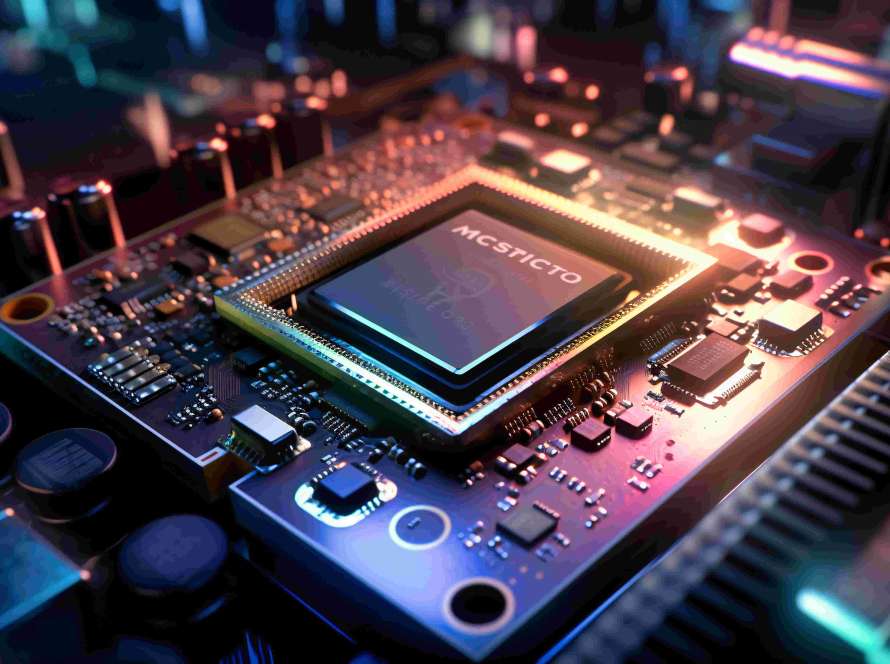What is ‘Artificial Intelligence’?
Suddenly one begins to notice that our search engine knows about that red dress we have been drooling on or our weight loss goals are not a secret anymore. You begin to see advertisements cropping up on your social media pages that try to sell things of your liking. It could be anything from a meditation program to a holiday in the Bahamas! Your search engines truly know a lot about you, but ever wondered ‘who’ has been eavesdropping all the while? The answer is YOU! Search engines are amongst a multitude of things now that are backed with ‘Artificial Intelligence’. They comb through the minutest details in all your ‘online’ activity. This results in the building of a huge database pertaining to one’s mental makeup, physical attributes, likes, dislikes, religious views, political views and much more. A human brain can collect a massive amount of information, categorize it, pick what is relevant, reason, conclude, to cite a few. Artificial Intelligence attempts to copy these amazing functions of the human brain. Thus AI can be viewed as the blend of human intelligence with the precision and speed of a machine.
How far has it spread its charm?
‘Artificial Intelligence’ has seeped into almost all walks of life. Stock trading has been automated as the ‘intelligent’ systems can execute transaction based on ‘analysis’ and ‘trends’ of the stock market. One can ask the chatbots like ‘Siri’ (by Apple)/ ‘Alexa’ (by Amazon)/ ‘Google Talk’ (by Google) about anything ranging from the weather outside to the capital of Nauru, for an instance.‘Netflix’ gives us suggestions on the movies that might fit our likings based on our search history. These are classic examples of ‘intelligent’ systems that can respond aptly. The automotive sector is hugely banking upon AI to launch ‘autonomous’ vehicles at a commercial scale. By knowing one’s medical history and genetic makeup, a crucial diagnosis can be now given by a machine. Critical aspects such as handwriting, voice, face, fingerprints that are many times used for even fraudulent purposes can now be deciphered by a machine with precision and sans bias. Industries also have begun to deploy ‘robots’ for jobs that may be either unsafe or impossible for humans. In other words, AI has spread its wings wide and high!
The relationship between the ‘jargons’: AI, ML, DL
‘Artificial Intelligence’ can work in two ways, one way is that the machine can do a specific task that it has been ‘programmed’ to execute: ‘Applied AI’. The other way is to code it in a way such that it can gather the ‘right’ or ‘relevant’ one amidst an ocean of information. This type of AI is called the ‘General AI’. Applied AI works like a robot wherein it is ‘designed’ to execute ‘specific’ task(s) such as the iRobot or the car navigation systems. The ‘General AI’ works like the human mind, it reasons, concludes, chooses and most importantly learns from its past mistakes. Chatbots, Netflix, relevant social media ads are some of the ubiquitous examples of ‘General AI’. Google’s ‘Deep Mind’ that made heads turn when its ‘Alpha Go’ beat a human professional in a 5 game match or the ADAS (Advanced Driver Awareness Systems) that are now inching towards making the cars autonomous or driverless are some of the complex examples of ‘General AI’. The growing need for machines to work like human brains has led to the advent of ‘Machine Learning’ (ML), ‘Deep Learning’ (DL) and ‘Neural Networks’.

The above diagram depicts the relationship between AI, ML and DL
The term AI, ML, DL have often been used interchangeably and this is where we go wrong. AI is the concept of instilling machines with the intelligence of a human brain and it can be viewed as the parent. The term ML is one step further into AI as ML gives more intelligence and mimics the human brain better. As the name suggests, ML-based machines are smart enough to gather ‘structured’ data from a wide array of ‘unstructured’ data such as web pages by applying algorithms to it. Machine learning has been widely applied in face and voice recognition (Chatbots), language translation, identifying objects in ADAS systems, deciphering ‘what’ the user might want to buy based on his/her purchase history, to cite a few.
‘Deep learning’ (DL) nosedives deeper into the human brain and mimics it to a higher precision level in comparison to ‘Machine Learning’ (ML). The heart of ‘Deep Learning’ lies in the science of neural networks. The human brain comprises of scores of interconnected nerves wherein information is relayed, processed, broken down and assimilated. These neural networks are responsible for storing and analysing information, extracting details from it, making decisions, learning from past mistakes and a lot more. Deep learning relies exactly on mimicking this ‘real’ wonder into the world of machines. In order to make the vehicles completely autonomous, they must think and act like human drivers. Thus ‘driverless’ cars can be considered as one of the most popular applications of ‘Deep Learning’. Computer vision also is a leading application of deep learning wherein images, texts or objects can be accurately identified or even classified and restored. Language translation wherein different dialects of the same language are involved needs in-depth knowledge, adding relevant captions to images, sensing one’s mood and furnishing music, news, videos and other information are some of the other significant applications of ‘Deep Learning’ (DL).
Future of AI
Imagine the way our world would go if machines worked like humans but with a lot more precision and pace. We could certainly achieve a lot in the technology arena and a lot more work could be offloaded from humans to machines. While it is good to have intelligent machines around, but it could be catastrophic if they actually end up scheming against their creators like that depicted in science fiction movies?! Even if this may sound absurd or unreal., imagine the socio-economic implications it would have if human jobs were slashed and assigned to machines?!
As we delve deeper into ‘Artificial Intelligence’ and the sub-topics such as ‘Machine Learning’ (ML) and ‘Deep Learning’ (DL), we know that without ‘Big Data’ none of these would survive. Now, what would happen if your car knows every place on your route to work or the chatbot listens to all your private conversations, would you be able to lead a secure or even a private life? As more and more devices including home appliances are backed by AI, they can be easily connected into an IoT network. These ‘connected’ devices could be hacked with ease to lead to their malfunctioning. On a lighter note you would not want your refrigerator to know that you aren’t supposed to grab that dessert at midnight, would you? To draw a line on the extent of AI and its applications all the bigwigs such as Google, Apple, Amazon, etc, have joined hands to work towards ‘responsible’ AI.
Summary
The science of building machines that are ‘smart’ to carry out functions that are otherwise carried out by humans is called ‘Artificial Intelligence’. Intelligent machines help in more than one ways and they find applications in almost every sphere of life. AI can be either ‘Applied AI’ or ‘General AI’. ‘Applied AI’ caters to a specific application while for ‘General AI’, the sky’s the limit. Unlike ‘Applied AI’, ‘General AI’ machines are self-taught via ‘Machine Learning’ (ML). By means of ‘Machine Learning’ (ML), it is possible for machines to refer to huge databases (Big Data), process and decipher information from the data and provide an accurate response. As the complexity of machines is expected to rise, the need for ‘Deep Learning’ arises. ‘Deep Learning’ apes the workings of the human mind by mimicking the neural networks artificially.
Thus AI is considered the larger or broader term, while ML, DL and Neural Networks are the sub-topics.
AI can have a range of applications from diet consultation based on one’s metabolic rate and lifestyle to autonomous cars to electronic trading and even computer vision. It is hard to limit the ingress of AI in almost everything around us. AI and its sub-topics such as ML, DL, Neural Networks as well as Big Data are here to stay and proliferate. While it would be soon possible to replace humans with machines in almost everything, it would be also lead to us humans becoming like vestigial organs. Thus the trend now is not just inching closer to the workings of a human brain, but also making the resultant applications increasingly ‘responsible’ and ‘human-centric’.

